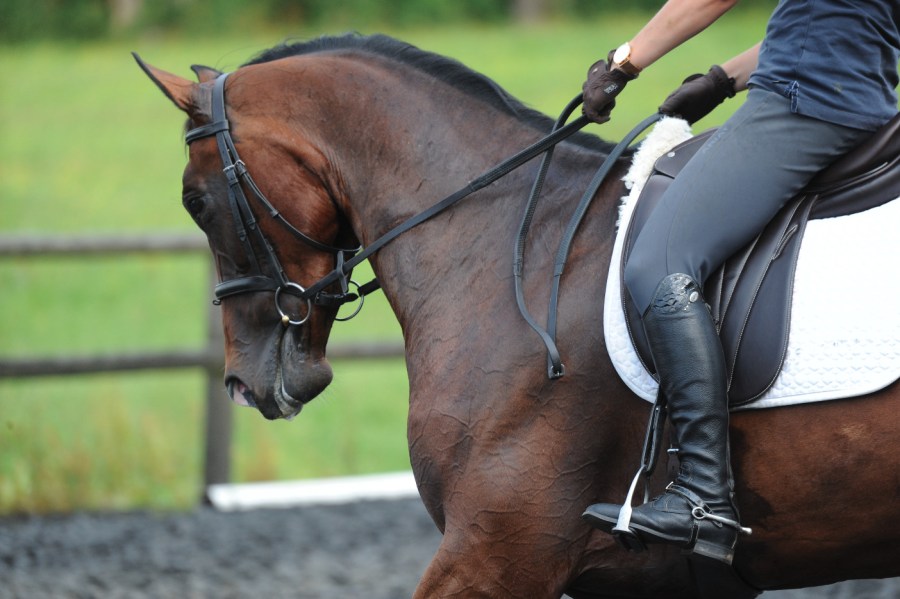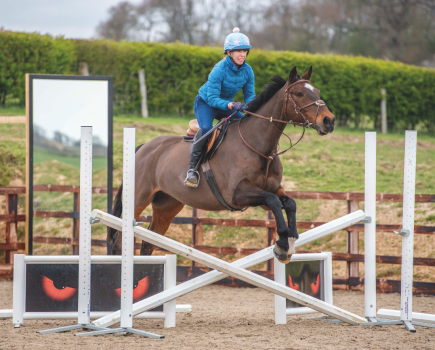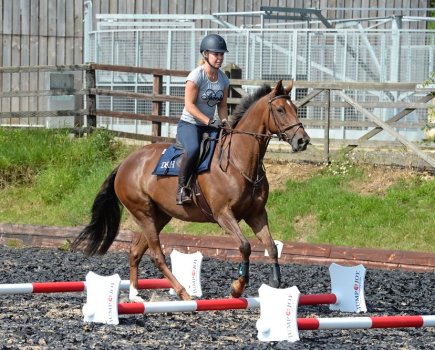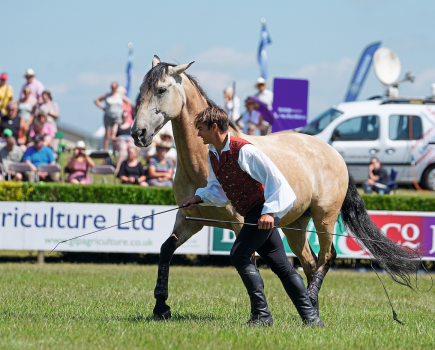Spring is on its way, and you might be thinking about getting your horse fit enough in order to make the most of it. Lizzel Winter, Fellow of the BHS, shares three different scenarios for getting your horse ready to compete come the warmer weather.
“It’s really important that training programmes are developed with each individual horse in mind as one size does not fit all,” advises Lizzel. “To get you started, below are three plans that target three different needs.”
Use these as a base from which to structure a plan for your horse, taking into account how much turnout he’ll get and whether you have access to a walker or a school.
Plan 1 — Keep him ticking over
Imagine you have a horse that you want to keep fit so he’s ready for spring, but you have no plans to compete or do any formal training and your time is limited.
One of the easiest ways to keep your horse healthy both mentally and physically is to give him as much turnout as you possibly can.
“I would aim to turnout every day for as long as possible and if you have a field which is hilly that’s even better,” says Lizzel.
If you can find the time, school one day, hack on two days and lunge one day. Lizzel suggests that you use one of these two hacks as interval training, where you ask for a period of harder work (like cantering for two minutes) followed by a period of walk and rest.
“In winter you have to work with the weather, so if it’s too difficult to hack you can do interval training for short periods of time in the school. Just always ensure the going is good enough for whatever work you’re doing.”
Plan 2 — Get him ready to compete
You want to get your horse ready compete, but it’s important to be realistic. If the weather turns or you have a young horse and no indoor school, you may need to make changes to your plan. One option may be boxing to an indoor school to ensure training doesn’t halt.
“Even if your aim is to do dressage, you need to keep your horse interested by varying his work,” says Lizzel. “If you school every time you ride he’ll soon get bored, and this is often when behavioural issues start.”
Lizzel suggests a minimum of two schooling sessions, one hack and one lunge per week. Your competitions will also count as schooling sessions. If you’re not competing that week, add in another session like hacking, lungeing or schooling.
“Make your flatwork sessions work for you and your schedule, but also keep them varied for interest. Decide before you mount what you want to achieve and how much time you have. Polework, particularly with raised poles, is good for lifting your horse’s back and suppling the joints.
“You could spend one session doing stretching and working long and low, but then concentrate on lateral work in another. If his free walk needs work, you could train in a Chambon for short periods. Concentrate on one thing at a time and celebrate small achievements.”
Plan 3 — Improve his jumping
You want your horse to be ready for the jumping competition season in spring.
“My top tip for this situation is to book gridwork lessons with a trainer accredited by British Showjumping,” says Lizzel. “Gridwork training is great for targeting issues and for improving technique. The trainer will be able to give you homework for the in-between weeks, even if you only have enough poles for small grid.”
Another aspect to focus on is flatwork and the quality of the horse’s canter.
“A balanced and bouncy canter is the bedrock of showjumping, so it’s worth taking time to work on this,” says Lizzel, who adds that one of her favourite exercises for improving the canter involves four poles, one at each quarter of a circle.
“Make your circle at least 20 metres to start with. Canter around the circle and over the poles. You can alternate between cantering over the poles at the outer end, in the middle or at the inner end.
“The canter will need to be adjusted as the number of strides between the poles will be different on each approach, mimicking what you’ll need to do at a competition.”
Aim to have a balanced canter and to stay balanced yourself.
“In showjumpers, sometimes the topline is a little lacking. So try hacking on a long rein and also using raised trotting poles,” adds Lizzel.
Make your hacking count
Hacking can be a good opportunity to practise some lateral work like leg yield or shoulder-in. So, do a bit of schooling while you’re out and about. Being able to move your horse sideways is a good thing to perfect as it can help you get him past spooky objects – useful also when you’re competing at a new venue.
Meet the expert: Four-star eventer Lizzel Winter is a Fellow of the BHS and has a key role in the rider and coach development programme for British Eventing. She is also a BHS Assessor.









